Fujifilm X-S1 review
In our last round-up of ultra-zoom cameras we found that the best features were split across three cameras. The Canon PowerShot SX40 HS came top for image quality, the Panasonic Lumix DMC-FZ150 for performance and video quality, and the Fujifilm FinePix HS20EXR for ergonomics.
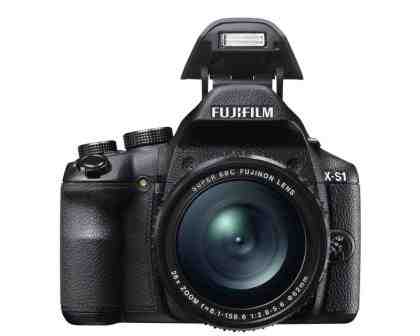
With the X-S1, Fujifilm has set its sights on class-leading quality on all fronts. Its 12-megapixel sensor, which it shares with the superb Fujifilm X10 , generates even less noise than the Canon's sensor. Its performance is only a shade behind the Panasonic, taking 0.9 seconds between shots in normal use. Its controls are largely based on the HS20EXR's, with lens rings for zoom and focus and lots of single-function buttons. It's a big camera, but it's extremely comfortable to hold and the rubber-effect finish gives a really firm grip. The only area where it falls behind is for video, where it can't match the Panasonic's 1080/50p AVCHD recording with full manual exposure control. The HS20EXR's video autofocus and stabilisation problems are gone, though, and the microphone input is a welcome new addition.
In short, the X-S1 is a triumph, and exactly the camera we hoped for. It's also pretty expensive, though, at around £200 more than any of the other cameras mentioned above. As such, it seems fair to be extremely fussy in our appraisal of this camera.
The electronic viewfinder (EVF) leaves nothing to be desired. Its 1.44 million-dot resolution is a seven-fold improvement over its cheaper rivals' EVFs, and gives a bigger view than any SLR at this price. A sensor switches between the screen and EVF automatically when the camera is raised to the eye. The 3in, 460,000-dot tilting LCD screen is bright and clear, too, but we prefer the Canon and Panasonic's fully articulated screens, which are hinged at the side for a wider range of viewing angles.
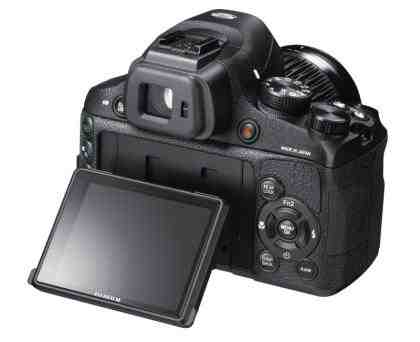
It's great to have so many single-function buttons, and the strip down the left side of the screen work brilliantly in tandem with the command dial. There's one more button and switch than on the HS20EXR, leaving the menu largely redundant in normal use. The menu isn't well organised, though, with face detection appearing as the fourteenth entry below obscure parameters such as highlight tone and white balance shift. The latter would be more useful if it was accessible alongside the white balance presets, which have a dedicated button. The RAW button is useful but only to a point. It switches between RAW and RAW+JPEG modes but only for one shot before reverting back. Changing the setting indefinitely requires a lengthy delve into the Setup menu.
Performance is generally excellent, with responsive autofocus and rapid shooting in normal use, including in raw mode. The autofocus sometimes completely failed, but it was so obvious that there was no risk of taking home blurry shots – we simply took the picture again.
However, the X-S1 shares a problem we've seen many times before on Fujifilm cameras: although it can capture a shot while the previous one is being saved to memory card, all other controls are unresponsive during this time. It's a mild inconvenience when taking a shot and then realising that a setting needs changing before taking another, adding a second or two to the process. However, attempting to do this after a burst of shots added around five seconds, and selecting continuous and raw modes together added 10 seconds. These figures are with a fast UHS-1 SDHC card – they were quadrupled with a slower Class 4 card.
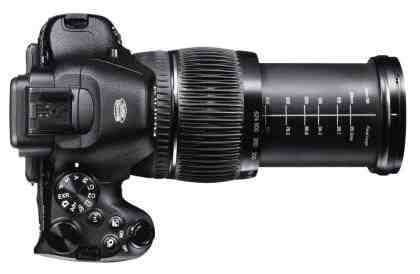
It's not the quickest camera to switch on, either, taking 2.7 seconds from power-up to shoot in our tests. Pressing the shutter button before it was ready meant nothing happened at all – we expect cameras to shoot as soon as they're able. Continuous mode was pretty quick at 6.5fps, slowing to 1.5fps after 6 frames. Reducing the resolution to 6 megapixels (see below) raised performance to 9.6fps for 14 frames, slowing to 3.2fps. However, the Panasonic FZ150 managed 12fps for 12 frames at full quality, or 5.4fps for 22 shots with continuously updating autofocus. That's not an option in any continuous mode on the X-S1.

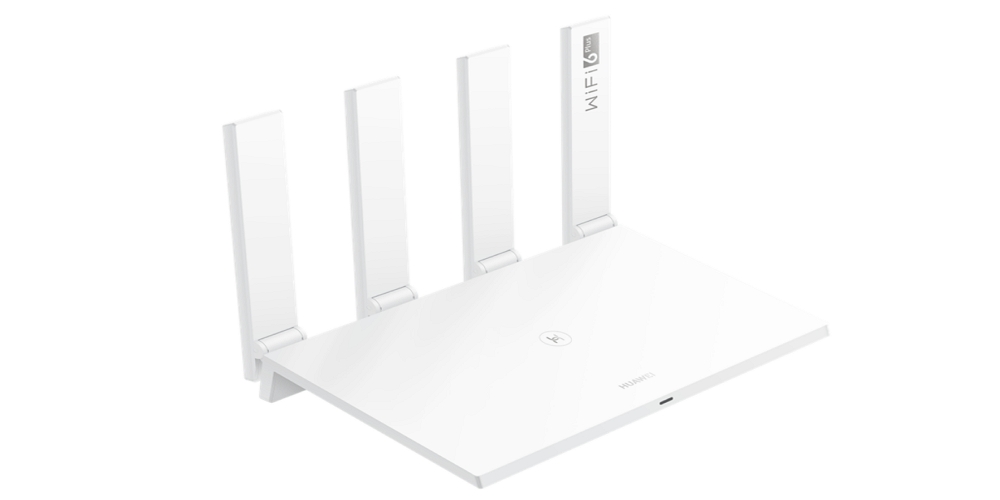

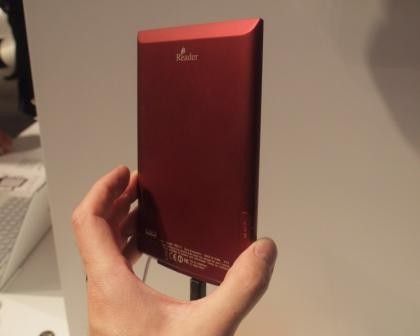
Leave a Comment